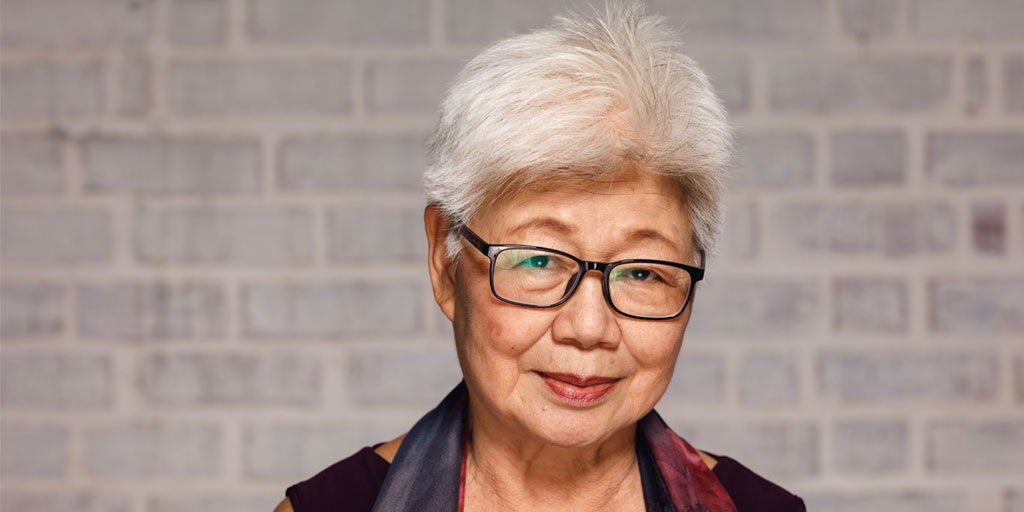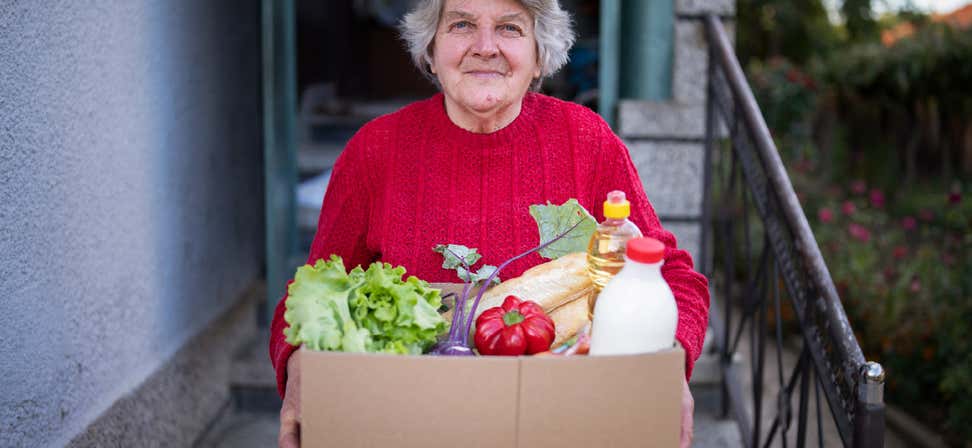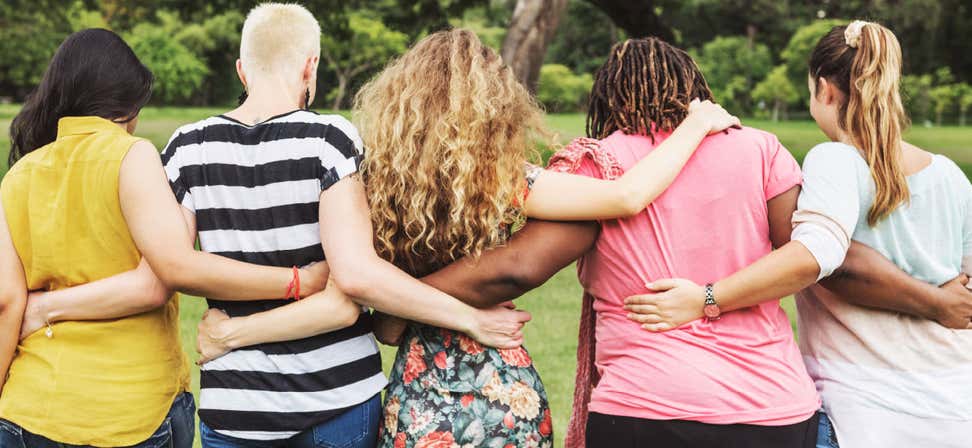Key Takeaways
At all life stages, women face major barriers to achieving health and economic security. This makes planning for retirement more difficult.
Two recent surveys found that half of U.S. women age 25+ are financially insecure.
Aging with security should be a right, not a “nice to have.” It's time to explore policy changes to help ensure all women can live well in retirement.
The one thing that will happen to every person born in this world is that they will age. By 2030, those of us age 65 and older will increase from 49 million to 71 million.1 Yet, more than 17 million older adults are economically insecure, with incomes below 200% of the federal poverty level.2 Many are just one bad break away from facing significant financial hardship, and many turn to high-interest credit options to meet basic needs. A disproportionate number are women of color—76% of Latinas living alone and 67% of African American women living alone are aging into economic insecurity.3
The road older women travel can't be wrought with bias, stigma, and seeing us as “less than” once we reach a certain age. After a lifetime of working hard, playing by the rules, raising the next generation, and contributing to our economy and community, we owe it to ourselves to ensure that every older woman has the opportunity to age well.
How NCOA's work led to women
Our work to help older adults secure jobs, enroll in programs that assist with food and medicine, better manage chronic conditions like hypertension and diabetes, prevent falls, and gain access to life-saving vaccines brought us into the lives of nearly 6 million older adults just last year. When we took a closer look at the demographics of those raising their hand and asking for our help, we learned that over 70% of those individuals were women. And our social impact demographics track with the national trends:
- In 2020, there were 7 million more women than men in the U.S.4
- In 2020, there were nearly 100,000 centenarians, and there will be more than 600,000 by 2060.
- By 2060, women age 85+ will represent 2.9% of the total U.S. population, a larger share than females age 0 to 4 at 2.7%.5
- Women spend more on health care than men. They spend more than twice as much on long-term services and supports, and they spend more on out-of-pocket expenses.6
- Women experience a steep decline in income past age 80. They are more likely to be widows, and widowhood presents challenges in both income and costs. Widowhood is an important risk factor for transition to poverty.7
- There are more older women than men in poverty. As women age, their level of poverty increases (8% among those age 65-69, 10% among those age 70-74, 12% of those age 75-79, and 14% among those age 80+).8
- Inequities resulting from pay gaps, caregiving responsibilities, reliance on marriage for maximum Social Security benefits, health disparities, and a lack of financial preparation put women at a disadvantage in later life, which is further exacerbated for women of color.
What's on the minds of women when it comes to their finances
Our research confirmed what we already know: at all life stages, women face major obstacles to achieving health and economic security. To further understand the concerns of women and gauge the nation's appetite for policy change, NCOA and the Women's Institute for a Secure Retirement (WISER) partnered with the bipartisan polling team of Public Opinion Strategies and Lake Research Partner to lift up the voices of women 25 and older with a special focus on white, Black, and Latina women with individual income below $25,000/annually or household $50,000/annually. What we found is that barriers for women take root early in their working years and include earning less than their male counterparts, working in fields with fewer employer retirement plans, and a greater tendency to work part-time. Women are also more likely to be caregivers for children and aging parents, which may require them to step out of the workforce for a time or reduce their hours of paying labor.
Women in our surveys were candid about their fears and concerns when it comes to their financial security:
- Just over half of women said they don't consider themselves financially secure, and 77% of low-income women said the same.
- 3 in 4 low-income women by ethnicity report they don't have emergency savings or rainy-day funds to cover expenses if they get sick or lose their job (White 77%, Black 75%, Latina 75%).
- A plurality of low-income women by ethnicity believe their retirement income or savings will not be enough to even pay their monthly bills and obligations (White 40%, Black 30%, Latina 36%).
- Majorities of low-income women (63%) and by ethnicity (White 65%, Black 57%, Latina 55%) report they are not confident that they have the information they need to be able to plan and save for retirement.
- Most women said they are "worried" and "uncertain" when thinking about retirement, and a third of low-income women are "terrified."
When asked why they don't feel financially secure, women share:
- They don't have enough savings or aren't able to save money.
- Inflation has caused a lot of pain to their wallets.
- They are living paycheck to paycheck.
- They have credit card debt, large mortgages, or medical debt.
- They live on a fixed income and are struggling to survive.
- If an emergency were to occur, they would be wiped out financially.
Women weigh in on policies that would make a difference
The surveys also asked women to express their level of support for potential policy solutions that could help. Ninety percent of women supported eight of the solutions and recognized that these solutions would require new government investments.
These include:
- Make the cost-of-living adjustment for Social Security benefits more accurately reflect the cost of housing and health care (94% total support)
- Provide a tax break to family caregivers to help cover out-of-pocket costs of providing care to a seriously ill, disabled, or elderly loved one (94% total support)
- Raise the minimum Social Security benefit to above the federal poverty level (92% total support)
- Improve access to the Supplemental Social Security Income program, which provides monthly benefits to people with limited income and resources who are disabled, blind, or age 65 and older (92% total support)
- Provide free educational programs to middle-aged and older adults on how to save for retirement and make the most of their Social Security benefits (91% total support)
- Create a new government-provided retirement plan that would allow workers whose employers don't currently provide a retirement plan to set-aside their savings tax-free until they retire and start withdrawing funds from the account (91% total support)
- Provide government assistance to lower income older adults to help pay for basic needs, such as food, housing, and transportation (90% total support)
- Create a new government program that provides up to 12 weeks of paid leave to workers who need to leave work to leave work to care for a seriously ill family member (90% total support)
NCOA's path forward in ensuring women can age well
The bipartisan support from women of all ages and life stages for these policy proposals is profound. It demonstrates now is the time to strengthen and expand public policy aiming to shore up lifelong financial security of women.
Whether a woman can age well starts early—long before retirement age. It's time we recognize what women want and make the long overdue changes needed to ensure all women can age well in America. Our mothers deserve better. Our daughters deserve better. We all do.
It's time for us to listen.
Sources
1. Centers for Disease Control and Prevention. Promoting Health for Older Adults. Found on the internet at https://www.cdc.gov/chronicdisease/pdf/factsheets/older-adults-H.pdf
2. U.S. Census Bureau. POV-01. Age and and Sex of All People, Family Members, and Unrelated Individuals. Poverty Status in 2022. Below 200 percent of poverty. Found on the internet at https://www.census.gov/data/tables/time-series/demo/income-poverty/cps-pov/pov-01.html
3. Mutchler, Jan, et al. Late-life Gender Disparities in Economic Security in the Context of Geography, Race and Ethnicity, and Age: Evidence from the 2020 Elder Index. 2021. Center for Social and Demographic Research on Aging Publications. Found on the internet at
https://scholarworks.umb.edu/demographyofaging/52
4. U.S. Census Bureau. Quick Facts. Found on the internet at https://www.census.gov/quickfacts/fact/table/US/LFE046221
5. Population Reference Bureau. The U.S. Population is Growing Older. Feb. 19, 2020. Found on the internet at https://www.prb.org/resources/u-s-population-is-growing-older/
6. Michelle Long, et. al. Women’s Health Care Utilization and Costs: Findings from the 2020 KFF Women’s Health Survey. Kaiser Family Foundation. April 21, 2021. Found on the internet at https://www.kff.org/womens-health-policy/issue-brief/womens-health-care-utilization-and-costs-findings-from-the-2020-kff-womens-health-survey/
7. Alicia H. Munnell, et al. What Factors Explain the Decline in Widowed Women's Poverty? October 2020. Demography. Found on the internet at https://pubmed.ncbi.nlm.nih.gov/32914333/
8. Congressional Research Service. Poverty Among the Population Aged 65 and Older. Updated December 2022. Found on the internet at https://sgp.fas.org/crs/misc/R45791.pdf












